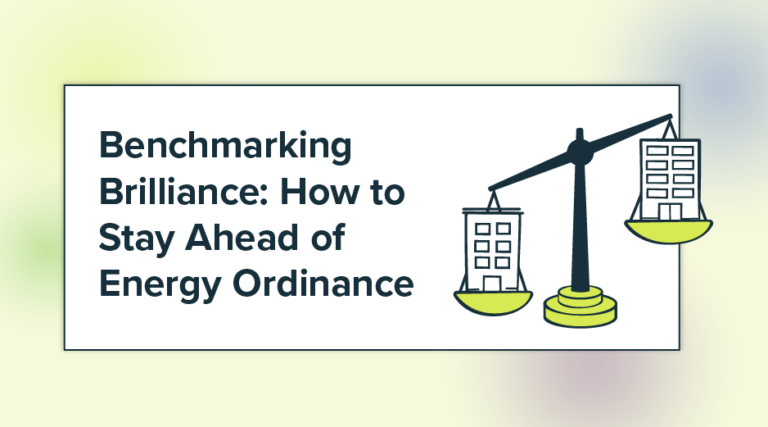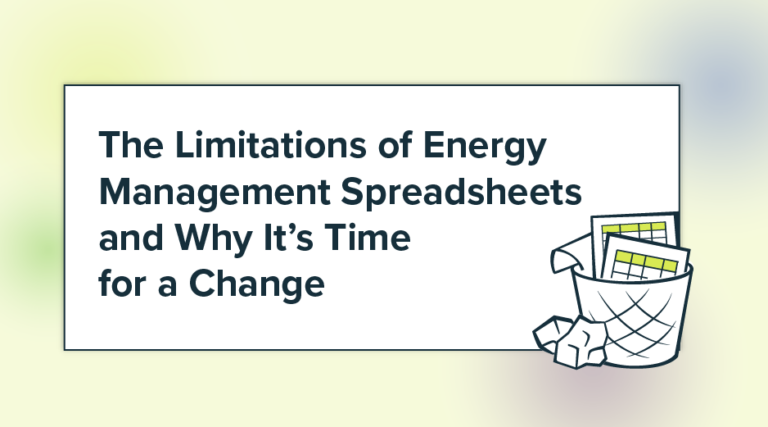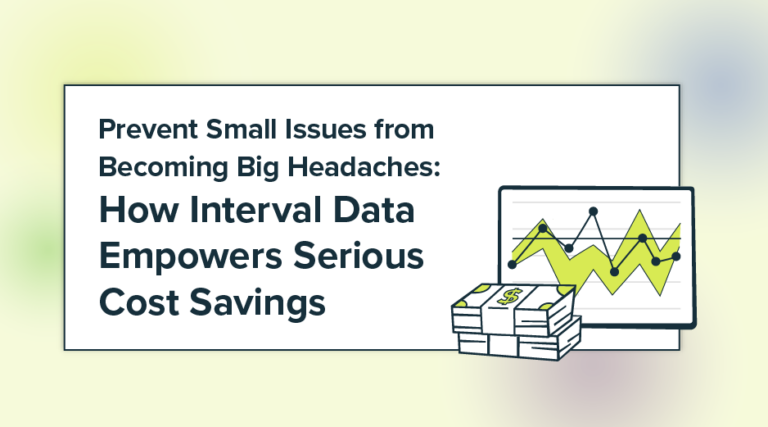This blog is the first installment in a short series drawn from last week’s Energy Leader Webinar: Tips for Getting Buy-In for Your Energy Project. The webinar purpose was simple: to help participants get more projects approved and more energy saved. If you’re looking for tips on how to get your next energy project approved, read on!
Speakers were Steve Heinz, founder and CEO of EnergyCAP, Inc., and Dr. Eric Woodroof, founder and principal of Profitable Green Solutions. Today we’ll share some of the insights we gleaned from Eric’s portion of the presentation.
Eric is currently the chairman of the Energy Management Professional Council, and has served as president of the Association of Energy Engineers. He is the youngest member of the Energy Manager’s hall of fame, and was recently honored with a US Department of Energy award.
The first tip’s on taxes…
Tax Benefits for 2016
Commercial entities have a tax option in 2016 called the Energy-Efficient Commercial Buildings Tax Deduction. Although the deduction had originally expired at the end of 2014, the Consolidated Appropriations Act, signed in December 2015, retroactively reinstated the tax credit for projects completed in 2015 and 2016. So there are still three months for you to finish a project and claim this deduction, which is essentially an accelerated deprecation vehicle. A tax deduction of $1.80 per square foot is available to owners of new or existing buildings who install (1) interior lighting; (2) building envelope, or (3) heating, cooling, ventilation, or hot water systems that reduce the building’s total energy and power cost by 50% or more in comparison to a building meeting minimum requirements set by ASHRAE Standard 90.1-2007. For more information, visit http://www.efficientbuildings.org/.
Woodroof noted in his presentation that when you combine tax savings with utility rebates, it becomes very easy to build a solid financial case for many types of energy efficiency projects.
Non-Utility Benefits
In addition to tax advantages and rebates, there are a number of other hidden benefits common to many energy projects. You may find it helpful in the energy project approval process to quantify the energy savings related to:
- Reduced maintenance material costs
- Reduced maintenance labor costs
- Permanently-avoided capital investment
- Avoided procurement costs
- Avoided carbon offset purchases
- Enhanced corporate image, public relations and recognition
- Reduced sales taxes and environmental penalties
- Improved building value
Individually, these items may represent a small slice of savings, but taken together, they can add up to some impressive numbers. For more information, click here to see the Slideshare production from the webinar.
What’s the Hurdle Rate?
An important part of selling your energy project is finding out what the hurdle rate is for your approving committee or superior. What’s the hurdle rate? It’s the minimum rate that a company expects to earn when investing in a project. Do you need to prove a three-year payback? Is it a five-year payback? Seven years or more? Don’t know? Here’s a tip: Find out! Ask enough clarifying questions. Because once you find the hurdle rate, you can frame your proposal in terms of meeting payback expectations. Generally, it will be three years, five years, or 10 years, depending on the nature of the project and current economic pressures.
Woodroof said that a number of his clients were entertaining five-year simple paybacks, or 20 percent of return annually. A higher percentage, especially of his commercial clients, were looking for three years or less, which would be a 33 percent return.
The Psychology of ROI
Woodroof suggested that it’s not always ideal to talk about the total “payback” timeframe for your energy project. He pointed to a survey revealing that when a client hears a phrase like, “the project’s simple payback is four years,” what the client often thinks is: “I have to wait four years to get my money back.” This is not a productive way to sell your ROI.
A better approach is to frame the ROI in terms of annual savings. If you say, “The return on investment is 25 percent per year,” now the customer is mentally comparing that annual return with his 401(k). Suddenly, the energy project investment is looking very, very solid. And those returns are practically guaranteed for the life of the project!
Reward vs. Penalty
Woodroof shared results of another psychological study indicating that penalties consistently performed better than rewards in motivating behavior.
About 80 percent of study participants took action to avoid paying a penalty, where only 35 percent took action to receive a reward. This observation held true even when the value of the reward or penalty was equal. The lesson here? People are more likely to take action when a penalty is threatened.
And how do we apply that to energy projects? Here’s a tip for that: Rather than promote savings, point out the penalties associated with inaction. What will happen if the project is NOT approved? What will be the penalties be for doing nothing? Point out the successes of other organizations that are doing something, especially when the “something” is a project similar to the one you are promoting! Don’t underestimate the value of psychology in selling your energy project!
There’s more great content available in the recorded video of the webinar. You can watch it online right now if you wish!
{{cta(‘b0bde3ca-6bb6-461a-8415-58ddebf09332’)}}
 Best-in-class portfolio-level energy and utility bill data management and reporting.
Best-in-class portfolio-level energy and utility bill data management and reporting.
 Real-time energy and sustainability analytics for high-performance, net-zero buildings.
Real-time energy and sustainability analytics for high-performance, net-zero buildings.
 A holistic view of financial-grade scope 1, 2, and 3 carbon emissions data across your entire business.
A holistic view of financial-grade scope 1, 2, and 3 carbon emissions data across your entire business.
 Energy and sustainability benchmarking compliance software designed for utilities.
Energy and sustainability benchmarking compliance software designed for utilities.


